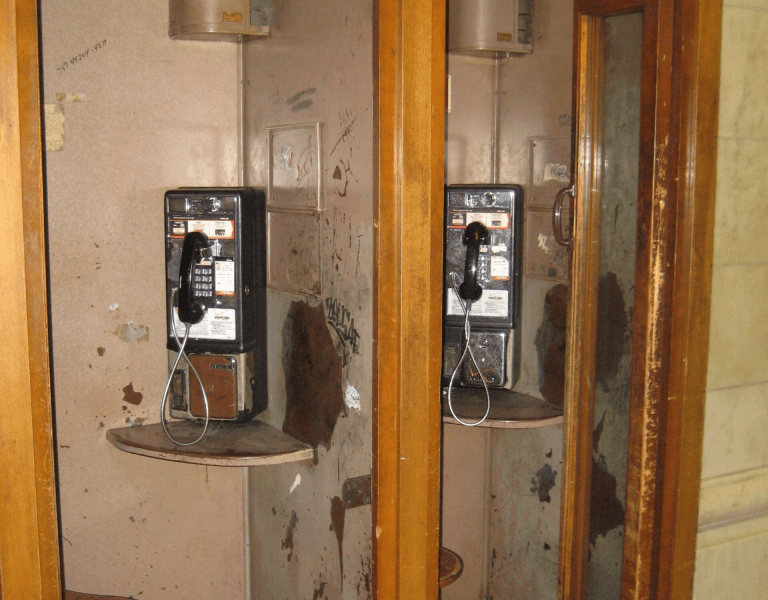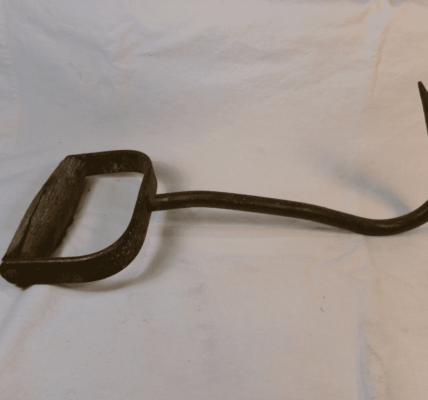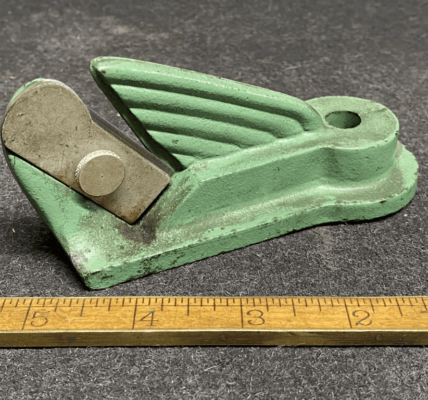In today’s digital age, staying connected is as simple as pulling out your smartphone. But just 50 years ago, before cell phones became a staple of everyday life, staying in touch with family and friends required much more effort. For students in the 1960s, ‘70s, and even into the ‘80s, the phone booth was a vital, almost sacred space. These small, enclosed niches dotted dormitories and public spaces, providing a private sanctuary where students could escape the noise of the world and make those long-awaited calls back home.
The phone booth wasn’t just a utility—it was a lifeline.
The Forgotten Phone Booth: A Vital College Fixture

Have you ever noticed odd little niches in old college dormitories, often with a dusty shelf and a light bulb overhead? These forgotten spaces once housed the dorm’s phone booths, essential for students living far from home. In a time when landlines were a luxury and cell phones were the stuff of science fiction, the payphone was the only link many students had to the outside world.
Students would flock to these booths to make important calls, whether to check in with parents, get the latest news from home, or simply hear a familiar voice. These booths offered more than just a phone call—they provided privacy, comfort, and a brief escape from the noise and distractions of campus life.
The Role of Phone Booths in Campus Social Life
In the 1960s and ‘70s, public payphones played a crucial role, especially in crowded dormitories where privacy was a rare commodity. Dorms were bustling places filled with energy, distractions, and noise. In this environment, trying to make an important phone call was challenging. That’s where the phone booth came in. It was a designated spot for students to step away from the chaos and make their calls in peace.
These booths weren’t large—usually just enough space to stand and make a call—but they offered the privacy students desperately needed. The small overhead light added a touch of intimacy, creating a quiet moment away from the hustle and bustle of dorm life. In a world before texting or video calls, these booths provided students with a crucial connection to home, family, and friends.
The Telephone: A Symbol of Communication and Connection
Back then, making a phone call wasn’t something you did casually, like sending a quick text. It was an event. Students would often line up, coins in hand, waiting their turn to use the phone booth. It was a ritual, one that involved effort and anticipation. Each call mattered because it was often one of the few chances students had to connect with loved ones.
There was something magical about the experience of using these booths. The familiar metallic clink of the coins being deposited, the gentle spinning of the dial, and the long wait for the ringing on the other end—all of it built up the anticipation of hearing that familiar voice.
It was a slower, more deliberate way of communicating, but perhaps that’s what made it feel more intimate. Today’s instant messaging and social media can sometimes feel impersonal in comparison. In the age of the phone booth, communication required effort, and every conversation felt special.
The Shift in Communication: From Public Payphones to Private Cell Phones

The telephone booth remained a crucial component of student life until the late 1990s, when the rise of the personal cell phone rendered these communal spaces obsolete. As mobile phones became affordable and accessible, the need for shared public payphones disappeared. Suddenly, students could communicate privately, from anywhere, without the need to stand in line or share a phone.
This shift in technology wasn’t just about convenience—it marked a transformation in how we interact with one another. Where phone calls used to be a communal affair, with shared payphones creating opportunities for interaction, mobile phones made communication a personal, solitary experience.
The Symbolism of the Phone Booth: A Reflection of Slower, Simpler Times
While the phone booth has faded into history, its symbolism remains potent. These booths weren’t just places to make calls—they were symbols of a time when communication was more thoughtful and deliberate. You couldn’t just send a quick message; you had to make the effort to connect.
It was an era when people valued the conversations they had, when even the smallest interaction carried more weight because it required time and planning. For students far from home, those phone calls were often a lifeline—a reminder of home, a connection to loved ones, and a way to feel grounded in a foreign place.
Today’s instant communication has made staying connected easier, but perhaps it has also diminished the value of those connections. We can reach out to anyone at any time, but the sense of occasion that came with making a call from a phone booth is largely lost.
A Nostalgic Look Back: What We Can Learn from the Phone Booth Era

Even though phone booths are long gone from college dorms and public spaces, their legacy endures. They remind us of a time when communication was less about speed and more about meaning. They make us recall the anticipation of waiting for a turn, the satisfaction of hearing a loved one’s voice after weeks of separation, and the joy of sharing that quiet, intimate space for a brief moment.
When we look back on these small booths, we don’t just see outdated technology—we see a reflection of how far we’ve come. The evolution from public payphones to personal smartphones has brought convenience, but it’s worth remembering the value of patience, effort, and meaningful connection that those old booths represented.
The End of an Era, But Not the Memory
As you walk by one of those small niches in an old dormitory, think about the memories those spaces hold. Imagine the countless conversations that took place there, the students standing by the wall, dialing home under the soft glow of a single bulb. These booths were more than just places to make a phone call—they were a vital part of student life and an essential bridge to the outside world.
Though the phone booth has disappeared from modern life, its place in history is secure. It’s a beautiful piece of the past, a reminder of a time when making a call was an event to be cherished, not just another task on a to-do list. In many ways, the phone booth represents the slower, more deliberate nature of life 50 years ago—something we could all stand to appreciate a little more in today’s fast-paced world.




